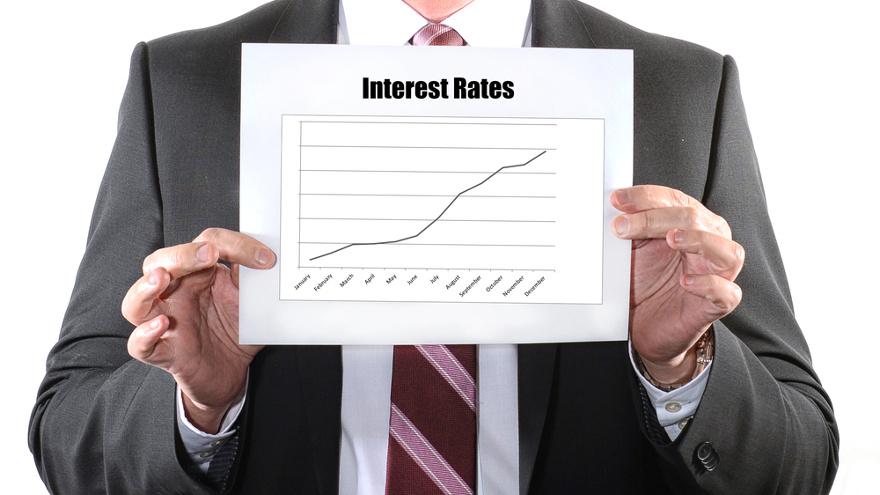How employment & CPI readings likely point to another rate uptick

By subscribing, you agree to receive communications from Auto Remarketing and our partners in accordance with our Privacy Policy. We may share your information with select partners and sponsors who may contact you about their products and services. You may unsubscribe at any time.
Multiple experts pointed to the likelihood of another interest-rate uptick coming later this month, potentially pushing up the cost of funds at your finance company and the rate attached to the contracts you might originate.
Those same experts cited similar reasons why the Federal Reserve likely will nudge the federal funds rate up another 25 basis points when given the next opportunity on July 26. And those reasons are also key components in underwriting.
While the U.S. labor market is slowing to a more sustainable level, S&P Global Ratings said payroll jobs continue to grow at a relatively strong pace considering the current unemployment rate of 3.6% is near a 50-year low. Together with the strength of other recent data, a 25-basis point rate hike is almost certain at the Federal Reserve’s July meeting, S&P Global Ratings said in its report titled, “Strong U.S. Jobs Report Makes A Rate Hike All But Certain In July,”
S&P Global Ratings chief economist for the U.S. and Canada Satyam Panday offered this prediction in a news release.
“We currently do not expect any more rate hikes after July, consistent with our forecast for below-potential growth, better balance in labor demand and supply, and a further slowing of inflation that will keep the Fed on the sidelines,” Panday said.
Meanwhile, the headline in an analysis from Comerica Bank read “the fever is breaking,” when discussing the Consumer Price Index and inflation, more components in the Fed’s policymaking for interest rates.
Subscribe to Auto Remarketing to stay informed and stay ahead.
By subscribing, you agree to receive communications from Auto Remarketing and our partners in accordance with our Privacy Policy. We may share your information with select partners and sponsors who may contact you about their products and services. You may unsubscribe at any time.
Chief economist Bill Adams and senior economist Waran Bhahirethan recapped that the CPI rose 0.2% in June, below the 0.3% forecasted by Comerica and the consensus of private forecasters.
“The Fed will see the June CPI report as progress toward getting inflation back to their target but is still very likely to raise their policy rate a quarter percent at the July 26 decision,” Adams and Bhahirethan said in their analysis. “They would rather tighten too much and slow the economy more than necessary than tighten too little and risk that inflation picks up again when the economy regains momentum.
“Average hourly earnings rose a hot 4.4% on the year in June; the Fed wants wage growth to moderate to be more confident that slower inflation will be the trend,” they continued. “The July rate hike will probably be the Fed’s last of this cycle, but they could raise their target another quarter percent before year-end if job growth, wage growth, or inflation surprise to the upside in the next few months.”
Turning back to the employment front, The Conference Board Employment Trends Index (ETI) decreased in June to 114.31, from a downwardly revised 115.53 in May.
The organization explained the Employment Trends Index is a leading composite index for employment. When the index increases, employment is likely to grow as well, and vice versa. Turning points in the index indicate that a change in the trend of job gains or losses is about to occur in the coming months.
“The ETI fell for the second consecutive month in June, signaling slower job growth in the coming months,” said Selcuk Eren, senior economist at The Conference Board. “While the Index has been on a declining trend since March 2022, it remains quite elevated in a historical context. This suggests the U.S. will continue adding jobs, just at a slower rate. We will need to see further declines in the ETI before predicting if — and when — employment growth will turn negative.
“We’re still in a very tight job market, especially compared to pre-pandemic conditions. While signs of cooling have emerged, they’re proceeding at a very slow pace. Among the components of the ETI, job openings have been trending downwards since the highs reached a year ago, but remain well above pre-pandemic levels,” Eren continued in another news release. “The number of employees working in temporary help services has been falling since November 2022. As an important early indicator for hiring, this previews slower job gains and eventually job losses in other industries.
“Looking ahead, we expect the Fed’s rate hikes to have a more visible negative impact on job growth by the end of 2023 and into the first half of 2024. By the middle of next year, we forecast the unemployment rate to peak at around 4.5 percent and labor force participation to fall to 62.1 percent — compared to current levels of 3.6 percent and 62.6 percent, respectively,” Eren went on to say.


